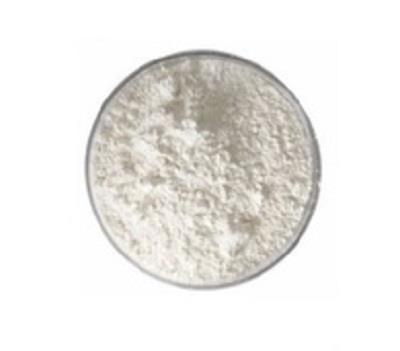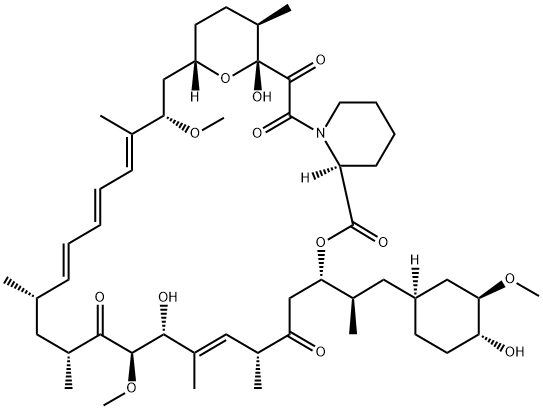What is sirolimus used for?
Sep 9,2021
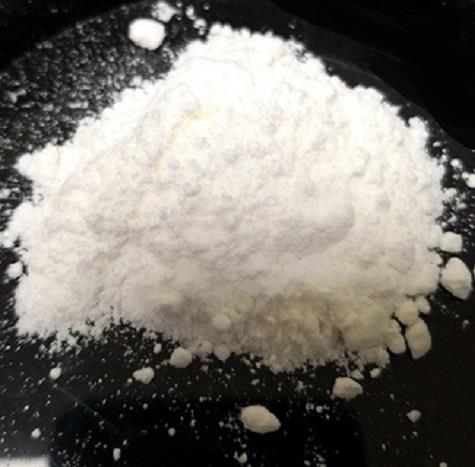
Uses
Sirolimus is used with other medications to prevent rejection of a kidney transplant. This medication belongs to a class of drugs known as immunosuppressants. It works by weakening your body's defense system (immune system) to help your body accept the new organ as if it were your own.Sirolimus may also be used to treat a certain lung disease (lymphangioleiomyomatosis-LAM).
Pharmacology
Pharmacodynamics
Unlike the similarly named tacrolimus, sirolimus is not a calcineurin inhibitor, but it has a similar suppressive effect on the immune system. Sirolimus inhibits IL-2 and other cytokine receptor-dependent signal transduction mechanisms, via action on mTOR, and thereby blocks activation of T and B cells. Ciclosporin and tacrolimus inhibit the secretion of IL-2, by inhibiting calcineurin.
The mode of action of sirolimus is to bind the cytosolic protein FK-binding protein 12 (FKBP12) in a manner similar to tacrolimus. Unlike the tacrolimus-FKBP12 complex, which inhibits calcineurin (PP2B), the sirolimus-FKBP12 complex inhibits the mTOR (mammalian Target Of Rapamycin, rapamycin being another name for sirolimus) pathway by directly binding to mTOR Complex 1 (mTORC1).
mTOR has also been called FRAP (FKBP-rapamycin-associated protein), RAFT (rapamycin and FKBP target), RAPT1, or SEP. The earlier names FRAP and RAFT were coined to reflect the fact that sirolimus must bind FKBP12 first, and only the FKBP12-sirolimus complex can bind mTOR. However, mTOR is now the widely accepted name, since Tor was first discovered via genetic and molecular studies of sirolimus-resistant mutants of Saccharomyces cerevisiae that identified FKBP12, Tor1, and Tor2 as the targets of sirolimus and provided robust support that the FKBP12-sirolimus complex binds to and inhibits Tor1 and Tor2.
Pharmacokinetics
Sirolimus is metabolized by the CYP3A4 enzyme and is a substrate of the P-glycoprotein (P-gp) efflux pump.It has an elimination half-life of 57–63 hours.
The absorption of sirolimus into the blood stream from the intestine varies widely between patients, with some patients having up to eight times more exposure than others for the same dose. Drug levels are, therefore, taken to make sure patients get the right dose for their condition.This is determined by taking a blood sample before the next dose, which gives the trough level. However, good correlation is noted between trough concentration levels and drug exposure, known as area under the concentration-time curve, for both sirolimus (SRL) and tacrolimus (TAC) (SRL: r2 = 0.83; TAC: r2 = 0.82), so only one level need be taken to know its pharmacokinetic (PK) profile. PK profiles of SRL and of TAC are unaltered by simultaneous administration. Dose-corrected drug exposure of TAC correlates with SRL (r2 = 0.8), so patients have similar bioavailability of both.
- Related articles
- Related Qustion
- Adverse effects of Rapamycin Apr 14, 2022
Rapamycin, also known as Sirolimus and sold under the brand name Rapamune among others, is a macrolide compound that is used to coat coronary stents, prevent organ transplant rejection, treat a rare lung disease called lymphangioleiomyomato
- What is Rapamycin? Feb 10, 2020
Sirolimus, also known as rapamycin, is a macrolide derived from Streptomyces hygroscopicus. Sirolimus and its analog molecules, the so called ‘rapalogs’, belong to the inhibitors of the mammalian target of rapamycin (mTOR).
Propionic anhydride is used as a propionylating agent in the manufacture of medicines, fragrances and special esters. It is used in the pharmaceutical industry to produce Propionate (antibiotics), testosterone propionate .....
Sep 8,2021Organic SolventsSitagliptin, sold under the brand name Januvia among others, is an anti-diabetic medication used to treat type 2 diabetes. In the United Kingdom it is listed as less preferred than metformin or a sulfonylurea. It is taken by mouth. It is al....
Sep 9,2021APIRapamycin
53123-88-9You may like
- Rapamycin
-
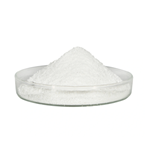
- $10.00 / 1g
- 2024-04-30
- CAS:53123-88-9
- Min. Order: 10g
- Purity: 99%
- Supply Ability: 100tons
- Rapamycin
-
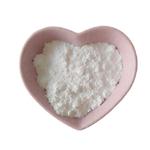
- $43.00 / 10grams
- 2024-04-30
- CAS:53123-88-9
- Min. Order: 10grams
- Purity: 99%
- Supply Ability: 100tons
- Rapamycin
-
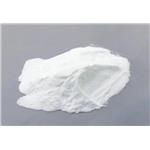
- $0.00 / 1kg
- 2024-04-18
- CAS:53123-88-9
- Min. Order: 1kg
- Purity: 99%
- Supply Ability: 20tons




